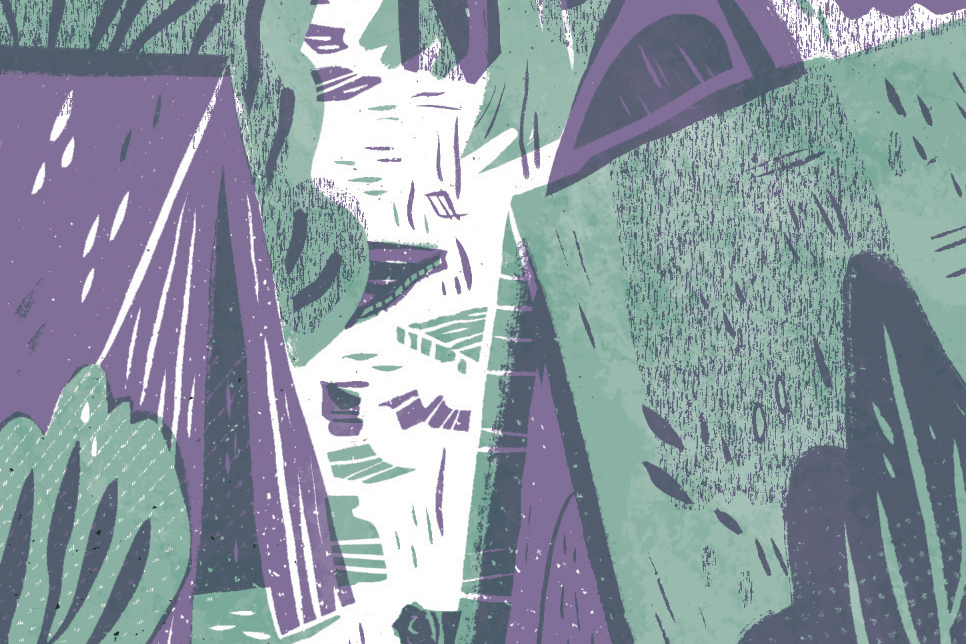Untreatable gonorrhea: if you were anywhere near the Aerosmith concert at the Tacoma Dome last week, you know it’s a scary proposition. That’s one of many reasons the Centers for Disease Control and Prevention (CDC) is taking action.
In releasing new guidelines for the treatment of the sexually transmitted infection last week, the CDC proclaimed that there’s only one medication left recommended for treating gonorrhea, the injectable antibiotic ceftriaxone. And even that option probably won’t be available for much longer.
According to the King County Public Health website, approximately 1,700 cases of gonorrhea have been diagnosed each year in the county since 2005—a total “which is much higher than previous years.” On the other side of the state, in Yakima County reported cases of gonorrhea tripled from 2010 to 2011. According to the state Department of Health, the overall gonorrhea incidence rate for Washington in 2011 was 40 cases per 100,000, with the only good news being that Washington’s gonorrhea incidence rate in 2011 remained lower than the national incidence rate, which was 101 cases per 100,000 in 2010. Nationally, roughly 500,000 to 700,000 new cases of gonorrhea occur each year—and plenty more likely go unreported.
“[Gonorrhea] is the second most commonly reported infectious disease in our state,” says Mark Aubin, program manager for the state Department of Health’s STD Services. “So it is a problem here.”
When it comes to the threat of untreatable gonorrhea, the trouble is the bacterium that causes the infection is shifty. While gonorrhea was once treatable with a slew of common antibiotics, over time, thanks to gonorrhea’s creative mutations and the overuse of antibiotics, these drugs have lost their touch at battling the infection. Recently, only two antibiotics remained that still worked well against gonorrhea—the oral antibiotic cefixime and ceftriaxone. But, as the CDC’s announcement notes, evidence has recently emerged that gonorrhea is starting to become resistant to cefixime in the United States, leading the health agency to proclaim that doctors should immediately stop using it.
One of a handful of labs funded by the CDC and associated with the Gonococcal Isolate Surveillance Project (GISP) happens to be located in Seattle, meaning cultures from across the region end up in our backyard to be tested for drug-resistant gonorrhea. Aubin says, in addition to testing cultures from places like Portland, Denver and Hawaii, the lab works closely with Seattle’s STD clinic to monitor gonorrhea’s growing drug resistance. The ability to test gonorrhea cultures for drug resistance isn’t something available at most STD screening clinics across the country, says Aubin, meaning the fact it’s done in Seattle is fairly unique.
Additionally, while completely drug-resistant gonorrhea has yet to be found in the United States, it has been identified in Europe and Asia. Aubin says researchers work with Joint Base Lewis-McChord to test cultures from servicemembers who’ve been stationed in places where they may have been exposed to drug-resistant strains of the infection.
While no completely drug-resistant strains of gonorrhea have been identified in our state, testing has shown the infection to be becoming “more and more resistant.”







